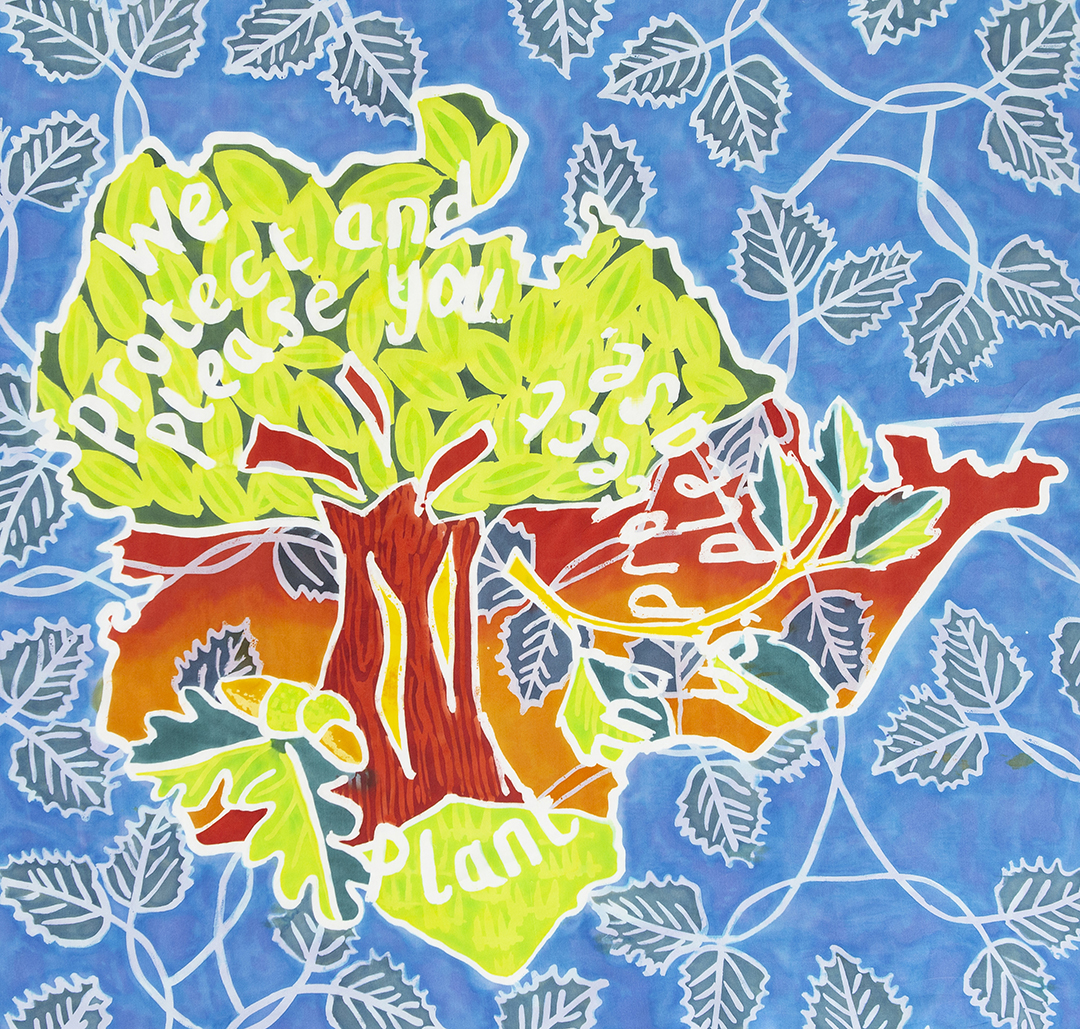
19. Land of the Fanns Trees (Eastbrookend Country Park, Beam Valley Country Park and The Chase)
We know we are important. We know many of us were chosen to be in this place. We are proud that there are so many of us and so many different types of us. We know so many other living things love us and need us. We know that we and those before us have served many different purposes. We know that there is a growing awareness of just how important we are as part of life and lives. We are the trees of Eastbrookend Country Park, the Beam Valley Country Park and The Chase and we are symbolic of trees everywhere but ones with a real interest in what goes on in our area.
Let us start with giving you humans some of the reasons why we trees have been important for so long.
We are vital. As the biggest plants on the planet we give oxygen, absorb carbon dioxide, store carbon, stabilise the soil and give life to wildlife.
Our canopies act as a physical filter, trapping dust and absorbing pollutants from the air. We provide shade from solar radiation and reduce noise. We reduce wind speeds and cool the air as we lose moisture and reflect heat upwards from our leaves. We help prevent flooding and soil erosion. We provide a screen from harsh wind and shield you from the downfall of rain, sleet and hail. We provide you with things to eat.
We host complex microhabitats. We offer habitation and food to amazing communities of birds, insects, lichens and fungi. When ancient, our trunks also provide the hollow cover needed by species such as bats and woodpeckers.
Over the years trees have supported and sustained life. We provide fuel and timber to make many of life’s necessities. We, trees and our product, wood, provide enclosure, barriers and protection.
You love us because we are beautiful and so many of us are majestic. We come in an endless variety of shapes, forms, textures and colours. Some of us vary our appearance throughout the year. Our winter skeletons have a beauty all of their own. In Spring, we are a sign of new life and our growth enables you to see progression and success. Our height adds dimension to a flat landscape and our multi-shades of green provide a backdrop for other colours. We blend in with all other forms of vegetation. We create harmony which makes you happy and reduces your stress levels.
Yes, we are perfect but perhaps we are generalising too much. Let us get back to talking about our area and what we know of its history and what we witness on a daily basis. We are sure you would also like to hear a few remarks from specific trees that live here.
We are survivors. Over the years life here has been harsh and our area has been through numerous changes.
There are some of us who seem to have been here for ever and have memories of farms, arable farming, market gardens and then areas where sheep and then cattle grazed.
Then in the 1920s and 1930s gravel and sand had to be extracted to build houses. This caused devastation to this area. Some trees and vegetation grew back but then rubble from London from the Second World War was brought here to clear some of the bombsites there and to fill in some of the gravel pits. This resulted in this area looking like a bombsite and then becoming a dumping ground for years.
The trees could not really fight back at this stage. The 1990s became our restoration time. Barking and Dagenham Council decided there was a need to dig up, clean up and tidy up our land and create a country park.
This involved earth moving to create undulating and interesting landscape on flat derelict spaces. Materials were capped with a layer of impermeable clay and soil was pre-treated with sewage sludge. It was a horrible time but it did result in large scale seeding using wildflower grassland mixes and more than 50,000 small trees (whips) were planted in fenced off compartments. A series of interconnecting gravel footpaths was created.
Eastbrookend Country Park was formally opened to the public in 1995. Nature was back. We have witnessed the importance of The Chase and seen the Millennium Centre being built.
Some of the Oak trees would like to point out that they were placed at various points along the Timberland Trail which was well-used at one time. It was a trail designed and managed by the Parks and Countryside Ranger Service based at the Millennium Centre. It was funded by a partnership between the Countryside Agency and Timberland (UK Ltd.).
The Black Poplars would like to remind you of their importance because of their rarity. They always feature in references to this area, have a wood named after them, and where they actually feature in this wood have their own noticeboard which has pictures of them and detailed descriptions of why they are rare, where they like to live and what products were made with their wood. They would like you to visit them to read their notice board and take a photo of them.
The Hawthorns would prefer you to check them out in May which, as their alternative name of May suggests, is when they are looking their best. There are so many of them so the sight of their white blossom is amazing. The scrubland around them is well-grazed by horses but can be muddy.
The Willows say they are easy to find as they are everywhere, especially around those leftover gravel pits which have become beautiful lakes.
The Rowans insist their berries are the ones to admire.
We think we have told you enough to persuade you to come and see us, trees. In case not, let us mention the water birds, the water lilies, the dragonflies, the butterflies, the kingfishers, the blackberries and the wild flowers. There is also the opportunity to meet the Rangers, the dog walkers, the walkers, the fishermen and all other users of these local country parks.
Story writer/provider
Joan Bullivant
Flag Designer
Joan Bullivant
Painter(s)
Joan Bullivant
Landscape Character Area
Dagenham Corridor



